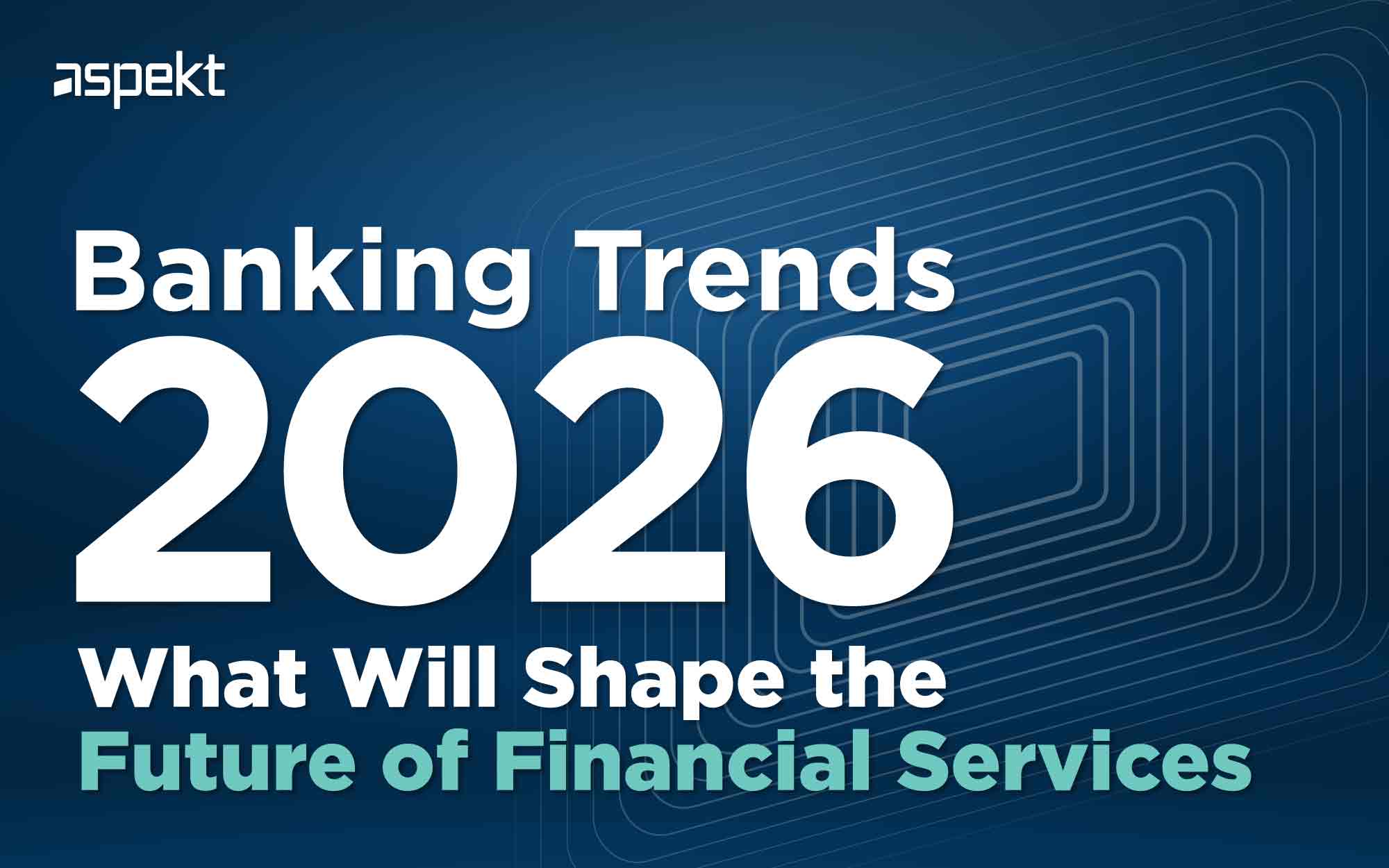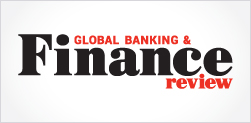A core banking system was once judged mainly on stability, keeping operations running and meeting compliance needs. But the rules have changed.
Today’s banking demands fast adaptation to regulatory, customer, and technology changes. Stability remains essential, now, adaptability is equally crucial.
Looking ahead, over the next decade, flexibility will not just be a nice-to-have. It will be the defining characteristic of market leaders. The banks that can adjust products in days, integrate new technologies in weeks, and scale into new markets without disrupting service will succeed. Those stuck with inflexible systems will struggle to keep pace.
Why Flexibility Matters Now
Several forces are converging to make flexibility non-negotiable in core banking.
First, regulations are evolving at an unprecedented speed. Banks must be able to adjust workflows, reporting formats, and processes quickly, without months of development work.
Second, customer expectations have changed a lot. Digital banking is now the main way many people use their bank. Clients want instant access to their accounts, personalized products, and smooth service on any device. If banks can’t meet these needs, fintechs will.
Third, technology is changing faster than before. New fintech ideas, payment options, and ways to connect show up and grow in just a few months. Traditional banks can’t wait years to make changes anymore.
Finally, economic uncertainty means banks need to stay flexible. Changes in interest rates, lending, and the market mean banks must act fast to stay profitable.
A flexible core banking platform addresses these challenges by enabling institutions to:
- Launch new products faster to meet changing demand.
- Adjust to regulatory requirements without costly overhauls.
- Integrate emerging fintech solutions seamlessly.
- Scale operations without replacing the entire system.

What Flexibility Looks Like in Practice
A truly adaptable core banking system is more than just “modern.” It’s designed from the ground up to change with the institution’s needs.
One key aspect is modular architecture. Instead of a single, monolithic system that requires expensive customization, a modular platform lets banks deploy only the components they need now and add or upgrade modules later.
Scalability is another pillar of flexibility. Growth, whether in customer base, services, or geographic reach, should not require rebuilding infrastructure. A scalable system can expand capacity and capabilities without disruption.
Then there’s integration readiness. The ability to connect with third-party services, payment gateways, fintech partners, and regulatory tools quickly is essential for staying competitive.
Finally, configurability ensures that products, workflows, and compliance rules can be adapted through configuration rather than complex coding. This speeds up delivery, reduces risk, and lowers the total cost of ownership.
The Business Impact of Flexibility
Institutions that embrace flexible core banking systems are seeing tangible results. They are bringing new products to market in weeks instead of months, integrating innovative payment options in response to customer demand, and adapting digital experiences for different market segments, all without disrupting daily operations.
Flexible systems also help banks manage risk better. Banks can update regulations directly in the system, which means less manual work and fewer errors. Since the platform can grow and change with the bank, it avoids the expensive and disruptive process of replacing old technology.

The Aspekt Approach
At Aspekt, we believe flexibility is the foundation of modern banking success. The Aspekt Product Suite was built with adaptability at its core.
- It is fully modular; allowing institutions to choose and implement only the modules they need.
- Aspekt Product Suite offers on-premise deployment, ensuring maximum control over data security and compliance.
- It is integration-ready, making it easy to connect with fintech providers, payment channels, and third-party tools.
- It has a proven track record in diverse markets across Europe, Asia, and Africa, adapting to multiple regulatory frameworks.
Our clients are not just keeping up with change; they are using flexibility as a strategic advantage.
Final Thought
The future of core banking will be defined by how well institutions can adapt to constant change. Stability alone will no longer be enough. The ability to pivot quickly, integrate seamlessly, and scale without disruption will decide who leads and who lags behind.
If your current core banking system cannot adapt to new regulations, launch products quickly, or integrate emerging technologies without significant effort, it’s time to rethink your approach.
Flexibility is no longer optional; it’s the foundation for the next generation of banking success.
Contact the Aspekt team to learn how we can help you build a flexible, future-ready core banking platform that can meet the challenges of the next decade and beyond.














